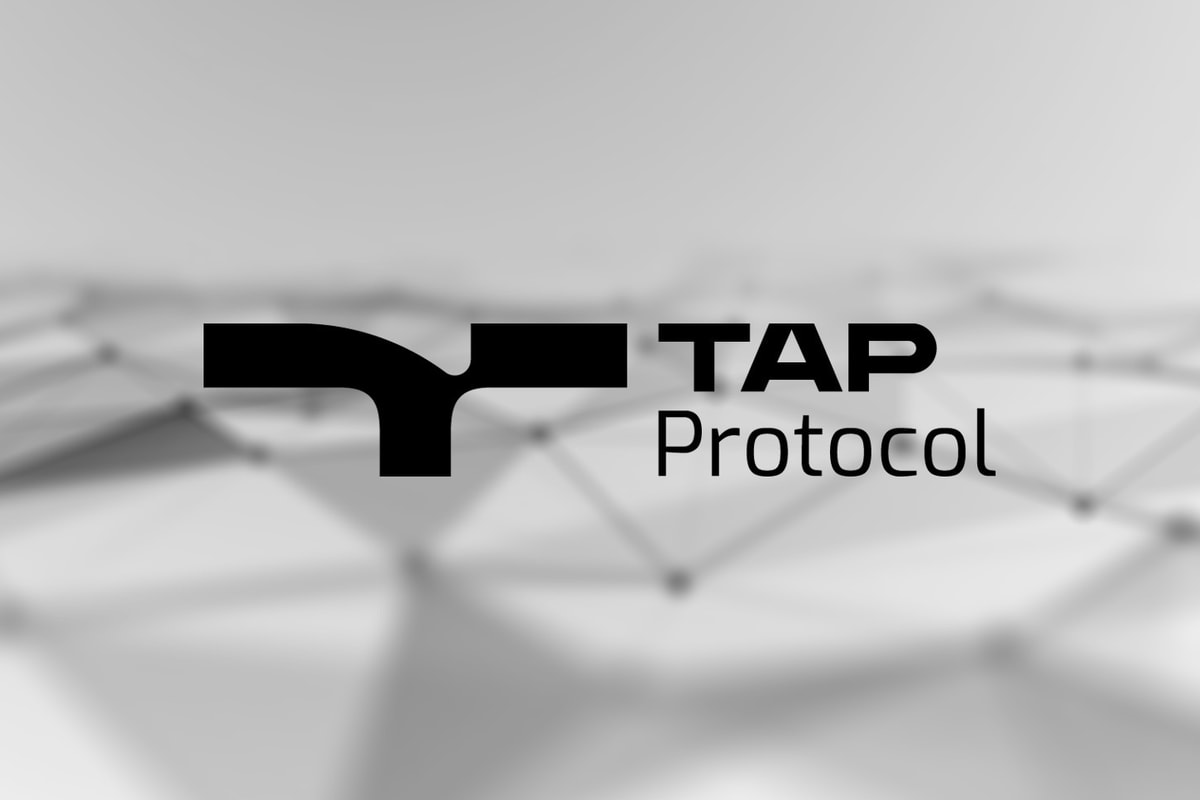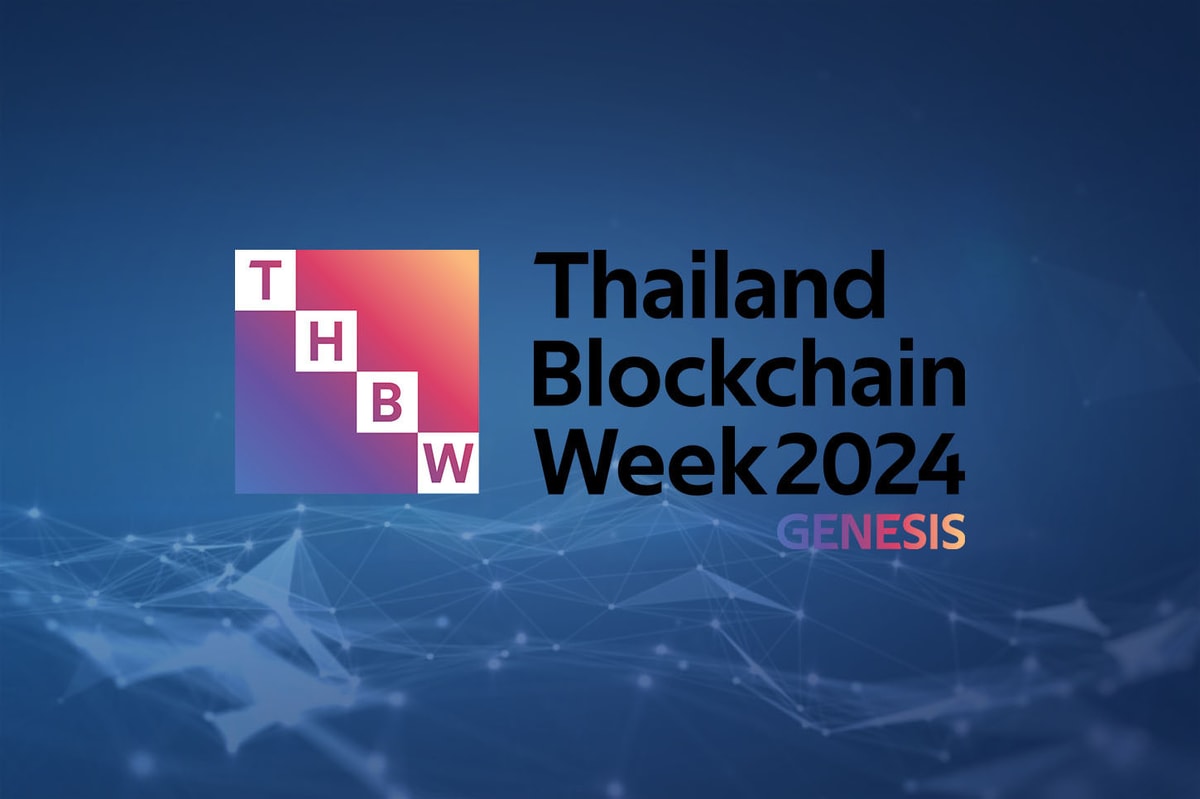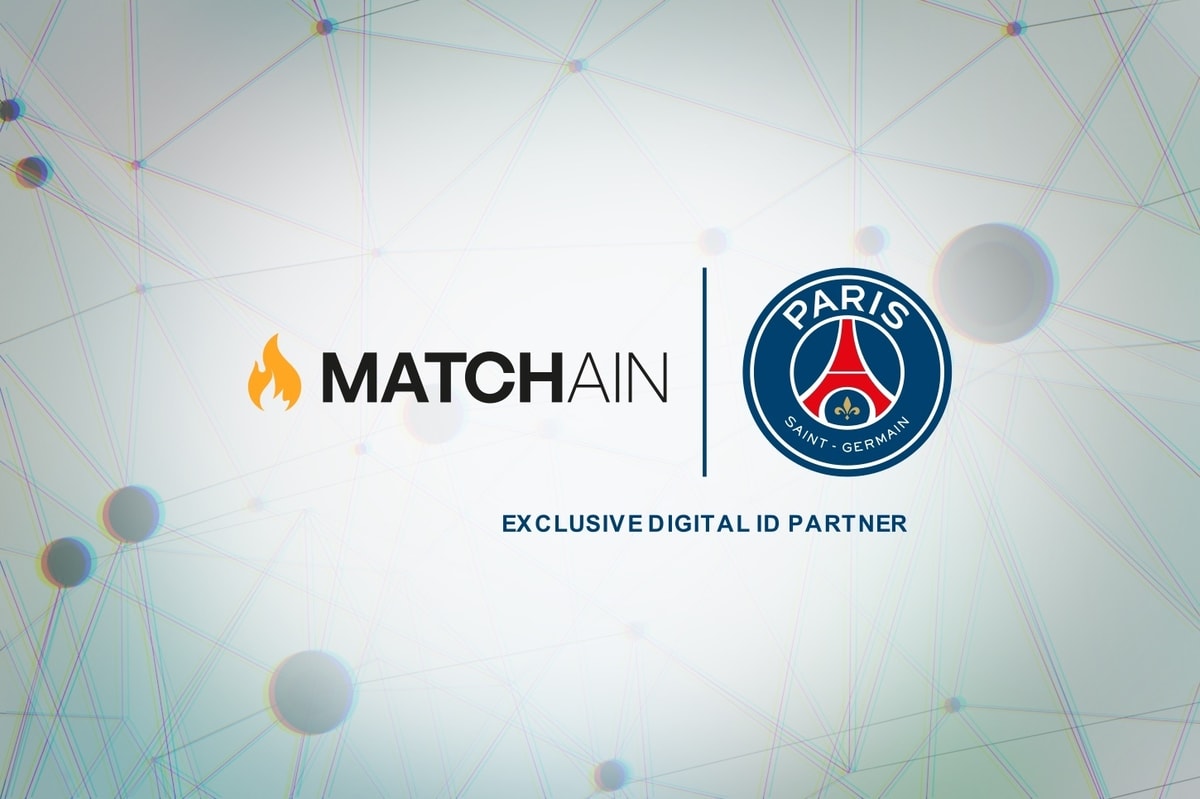It is late 2020 and the beginning of what looks to be a fresh cryptocurrency bull market. For three years, since the euphoria of December 2017, there has been little discussion in mainstream media about the advancements of blockchain technology. To the untrained eye, the retail investor and that distant uncle who heard about your “funny internet money” at the peak of the last market cycle, it may seem like this industry was a flash in the pan, a bubble, or perhaps even “nothing but tulip mania.”
This conclusion is not well accepted by the hugely ambitious team at KardiaChain, an exciting new blockchain project with revolutionary innovation, the “Dual Node.” A novel invention with patent-pending that offers “integration without assimilation,” a description that would attract blockchain experts if actualized because it could be the most crucial breakthrough for enterprise adoption since the development of Ethereum itself.
Today, KardiaChain is announcing its membership in the Enterprise Ethereum Alliance. The influential group of pioneering blockchain technologists, regulatory architects and mega-corps form a member-led industry organization whose objective is to drive the use of blockchain technology as an open standard to empower all enterprises.
Tri Pham, CEO and co-founder of KardiaChain, said: “We are extremely pleased to be joining such a respected group of industry experts and leaders of enterprises. The close relationships we can forge here will help the realization of our goals. It comes at a very exciting time. This month, after more than two years of building our blockchain, the mainnet will, at last, go live. This is just the beginning.”
Having gained 10 years of experience in software engineering, highly accomplished tech lead manager Huy Nguyen, chief technology officer of KardiaChain, and three of his compatriots from the tech giant Google in Silicon Valley are the brains behind the Dual Node technology. A phone call from Pham, a childhood friend, in 2017 piqued Nguyen’s interest in the blockchain landscape, inspiring him to return to his homeland to pursue this opportunity.
Immersing himself in research, Nguyen quickly realized that his expertise in building large scale distributed networks at Google offered him the perfect skill set to both identify improvements for blockchain and deliver the solutions needed to facilitate mass adoption.
“I was hooked,” said Nguyen. “Coming from Vietnam, a nation that, in recent years, is experiencing exponential growth not just in its economy but in its adoption of high technologies, I knew that this was the perfect environment for blockchain to realize its true potential,” explained Nguyen with excitement. “In 2018, whilst still living and working in San Francisco, the four of us at Google received an invitation from our home government to return and help drive plans of a digital transformation, a major seal of approval for my already-developing dream.”
“Our mission is to empower Vietnam with a highly functional, scalable and adaptable blockchain infrastructure that can enable government, enterprise and individuals to share in the wealth of economic and societal value mass adoption can unlock,” said Pham. A powerful vision that can be achieved with an acutely measured approach. “For blockchain to really become part of our daily lives, we must build relationships with the institutions who already serve us in our daily lives. It is up to us to show them why they should adopt. We are not anarchists or naïve enough to believe this can work by setting out on a strategy to only disrupt. Our strategy is to add value and we do that by improving on what already exists,” added Pham.
There was a very public approval for the project when it was spread across the pages of a journal published for high-ranking delegates at the signing ceremony of the world’s largest-ever economic trade deal, the Regional Comprehensive Economic Partnership. It was an incredible show of confidence by the nation’s leadership at an event they proudly hosted and had broadcast around the world.
“We must communicate, collaborate and coordinate to achieve the highest standards, not only here in Vietnam but as we expand across larger regions. In joining forces with the EEA, we will work with member institutions to engineer an environment that fosters advancement across all sectors. We believe our solution offers advantages not yet seen in this space. Interoperability will be the driving force of adoption, and it is the non-invasive quality of our dual node that can solve the issue of balkanization in enterprise blockchain.”
Cross-chain communication has been a significant hurdle to mass adoption. In a recent survey by the European Economic Area, members including JP Morgan, Microsoft and Standard Chartered Bank identified interoperability as the top takeaway.
Solving a known problem of such magnitude would be an important statement to make, and Vietnam may well produce a new crypto unicorn.











